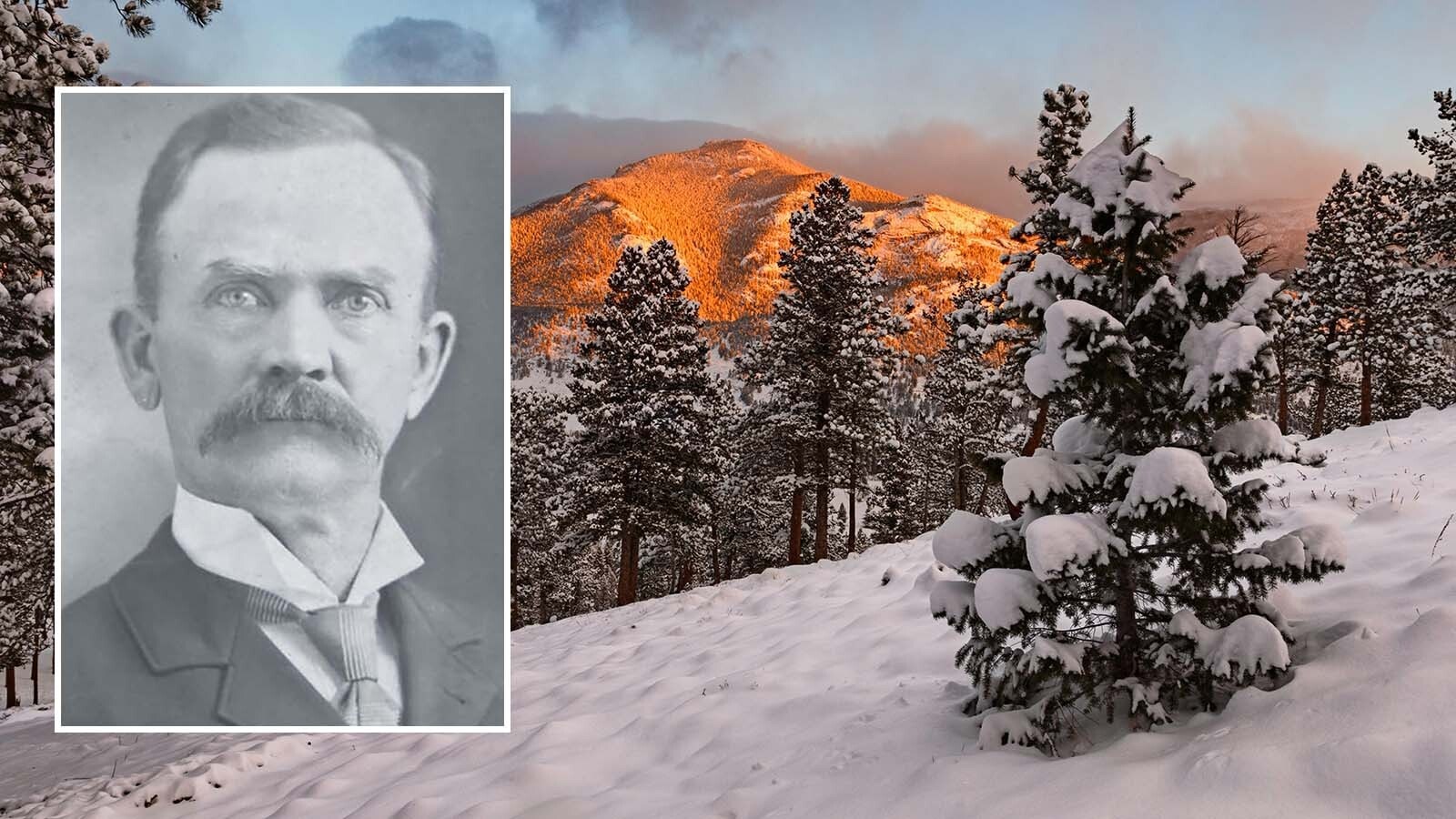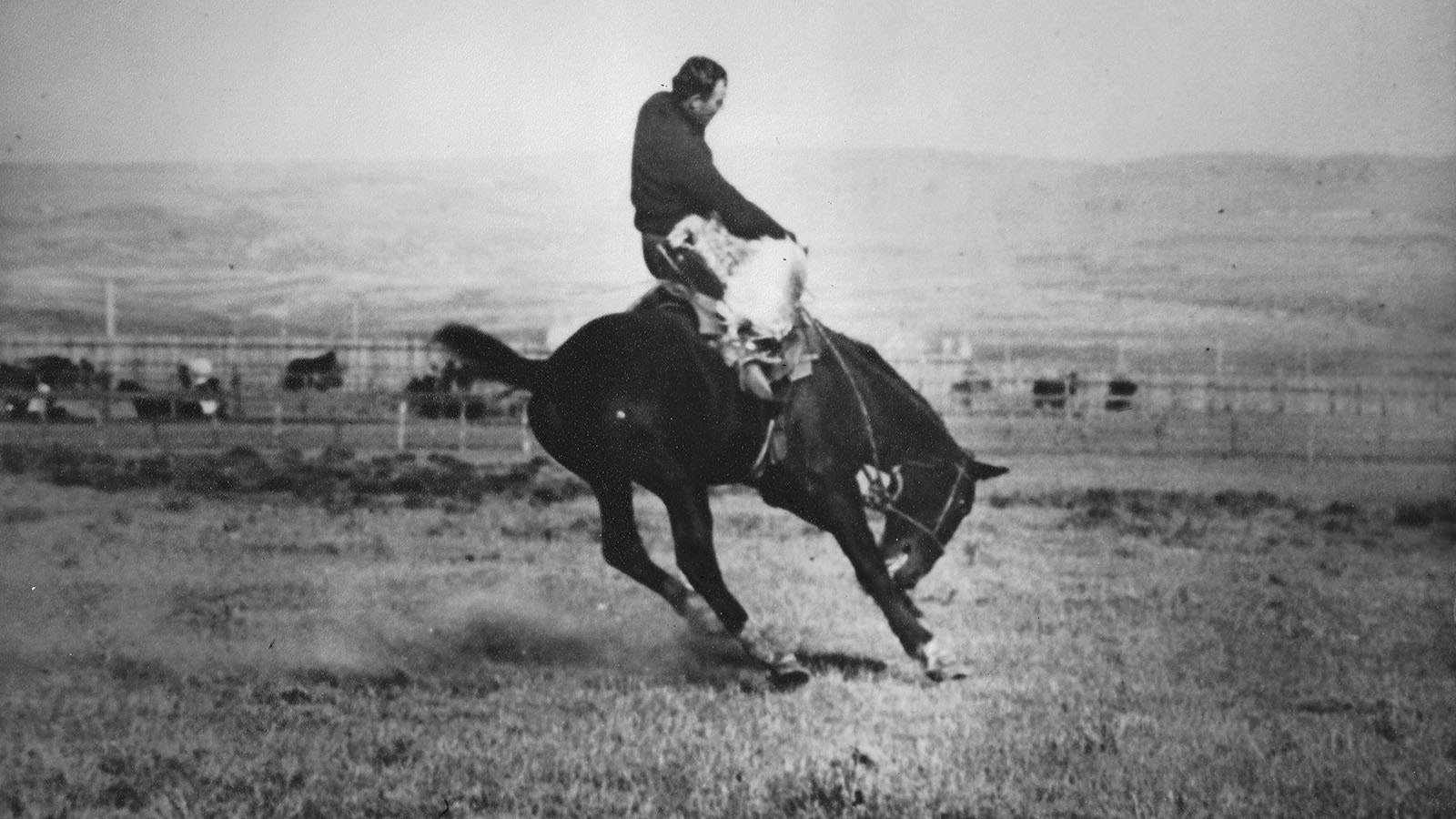By James A. Crutchfield
Historians have recognized Henry Rowe Schoolcraft as one of the most important pioneers in the study and documentation of American Indians. Born in Albany County, New York, on March 28, 1793, Schoolcraft received his higher education at Middlebury College, where he majored in natural sciences.
In 1817, he was hired as a geologist to accompany a scientific expedition down the Ohio River to the Mississippi River region of present-day Arkansas and Missouri. The young scientist was a keen observer and prolific writer and he left behind interesting accounts of this and many other adventures he pursued during his lifetime. Following this journey, he returned home but continued his travels and his scientific inquiries across portions of the eastern and middle United States.
August 1822 found the geologist living among the Chippewa Indians along the United States – Canadian border. He now held the position of Indian agent, with headquarters at Sault St. Marie. As he pursued his duties and became more acquainted with various tribes, his attentions turned more and more toward native ethnology and away from his original interest, geology. He was particularly curious about his hosts’ lifestyles, languages, and everyday customs. By this time, he had published some of his findings and was happy to learn that the eminent British chemist, Sir Humphry Davy, had read and favorably commented upon his efforts.
One of Schoolcraft’s responsibilities as U.S. Indian agent was the supervision of native trade. A system for fair trade among the Indians had been established during the last years of the eighteenth century to protect the natives from unscrupulous traders. Known as the “factory system,” it allowed for the Indians to bring their furs to a factory, or trading post, and to exchange them for quality-made goods, most of them manufactured in either the United States or Europe.
In 1832, Schoolcraft mounted a small expedition to search for the headwaters of the Mississippi River, hoping to succeed where several explorers before him had failed. With additional orders to visit as many tribes as he could, he set out on a journey that would forever link his name with the river. He was accompanied by an eleven-man army detachment, a surgeon, a missionary, an interpreter, and several French laborers, or engages.
By early July, the group had reached Cass Lake, which Schoolcraft believed to be in the general vicinity of the river’s source. There, supplied with provisions for ten days, a tent and poles, oil cloth, a teakettle, a flag and a staff, a medicine chest, an herbarium, a few shotguns, presents for the Indians, and guided by a Chippewa Indian named “The Yellowhead,” the party began the search in earnest.
After marching through miles of marshy lowland and completing a back-breaking, six-mile portage, the expedition finally reached its long-sought after destination, Elk Lake, called “Lac la Biche” by the French.
Measuring a stream that poured forth from the lake, Schoolcraft found the rivulet to be about 12 feet wide and 12 to 18 inches deep. This watercourse, he correctly proclaimed, was the birthplace of the Mississippi River. Scouring the landscape, the group discovered a single island in the middle of the lake and christened it, Schoolcraft Island. Upon its rocky shores, they planted the flagstaff and proudly raised the American flag high above the small trees that populated the landscape.
Convinced that he had located the true source of the Mississippi River, Schoolcraft and the others departed Elk Lake after only three hours of exploration. As they left the vicinity, Schoolcraft asked his missionary companion, William T. Boutwell, if he could think of a Latin or Greek name that might be bestowed upon the lake to signify that it was, indeed, the source of the mighty Mississippi. Boutwell suggested the Latin words veritas and caput, meaning “truth” and “head.” After some thought, Schoolcraft decided to take the “itas” from “veritas” and to combine it with the “ca” from “caput” to come up with “Itasca.” From that time forward, his discovery would be known as Lake Itasca.
In years to come, Schoolcraft wrote many books about American Indians, but his crowning literary achievement was the publication over a six-year period from 1851–1857 of the six-volume Historical and Statistical Information Respecting the History, Condition, and Prospects of the Indian Tribes of the United States, a monumental effort that provided the latest word at the time on the subject of American Indians.
Schoolcraft, once called “a man of industry, ambition, and insatiable curiosity” by US Secretary of War John C. Calhoun, died in Washington, DC, on December 10, 1864, and is buried with his wife in that city’s Congressional Cemetery.
James A. Crutchfield can be reached at TNcrutch@aol.com





